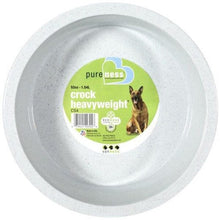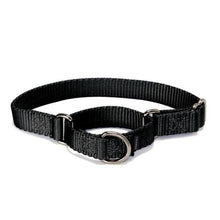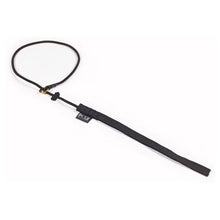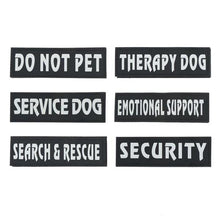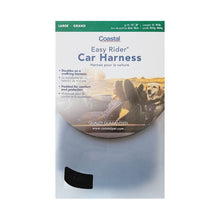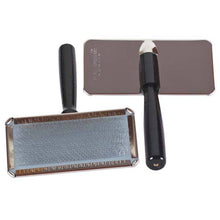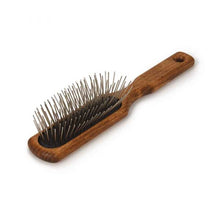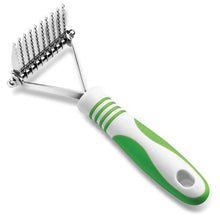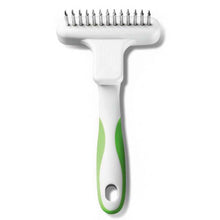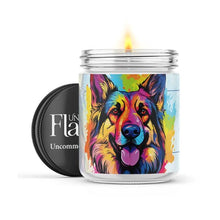Prong Collar vs Fur Saver: The Pros, The Cons and Which is Better?

People often debate whether the fur saver or the prong collar are better to use for training dogs. So what are some of the pros and cons, what are the similarities, and what are the differences? Last but not least, who is right? Prong Collar vs Fur Saver! Ding ding!
Let's start with the definition of each collar. A prong collar constricts slightly and consists of individual links that have rounded prongs on them. Some people say that the design is supposed to mimic the correction of a younger dog by an older dog, when the older dog uses their teeth around the neck of the younger dog to get them to stop or change their behavior.

Meanwhile, a fur saver is a fully constricting collar that will undo it's loop if nothing is in the way to stop it from doing so. It works by applying pressure to the neck area, similar to the prong, but it doesn't have prongs to maximize surface area and only has one point of contact with the dog's neck.
Pros, Prong Collar:
1. The prong collar is incapable of causing injury with normal use. It doesn't fully constrict, so it cannot damage the esophagus.
2. The prong collar gets more compliance with less exertion by the handler. This is great for people with physical disabilities or limitations whether it be size, age, strength, balance etc.
3. It will work on dogs that will ignore hard corrections on a fur saver. Most people don't have dogs who are that hard of character or driven, but they exist. And if you have one, there's no better tool to bring out of the bag.

Pros, Fur Saver:
1. They are easier to find, and easier to use without causing issues from over-correction. An appropriate level of correction with a fur saver is going to be way too much of a correction with a prong collar. Therefore the fur saver is easier to use without the watchful eye of a professional trainer guiding your hand.
2. They look less "scary" and therefore you'll probably never have someone with a 15lb dog with 0 drive, and a bad attitude, attempting to chastise you for using it.

Cons, Prong Collar:
1. I can all but promise you that someone, somewhere, will notice the prong collar on your dog's neck and compare it to a Medieval torture device and inevitably ask if you'd want to wear that on your neck. I usually tell them I wear it all the time just to see their expression.
2. The prong collar is not for extremely sensitive dogs, unless you're an expert dog trainer. A tiny tug may be enough for a soft, sensitive dog to completely go into avoidance and shut down. It's meant for dogs who are harder or, and this is a big "or," or dogs who have a lot of drive to do something that they shouldn't be doing. Remember this "or" because we'll return to it later.
3. You should never leave a training collar on a dog. Any kind of training collar. Even leaving a flat collar on a dog who is unattended is hotly debated territory. But a properly fitted prong collar will cause pressure sores if you leave it on. They're under tension and have contact points. It's fine for a training session, it's not fine for 24 hours. Take it off after training.
4. Professional help with this collar is strongly recommended until you know what you're doing.

Cons, Fur Saver:
1. Fur savers are less likely to cause a more sensitive dog to go into avoidance and shut down, but it's still possible. Start with light corrections and make them stronger if the dog ignores them until you find out exactly how much of a correction your dog needs to stop doing what he's doing.
2. Fur savers may be safer than prongs when it comes to over-correcting your dog, but they're more physically dangerous for your dog. Since they're capable of constricting fully, they are capable of damaging the trachea of a dog who is a very hard puller. It's also possible for you to damage your dog's trachea if you use giant corrections. Whether it be because you're inexperienced, or the dog truly needs a correction that big when it's in drive (in which case, you should be using a prong collar because it requires less physical force, thus is less likely to physically injure the dog).
3. You must also remove this collar. No collar has killed more dogs than a fur saver that's left on after training is over. It gets snagged while the dog's owners are at work, and dogs literally strangle themselves while no one is around to help.
4. Professional help is still recommended, just not as strongly as with the prong collar. I can't count how many times I've seen people say their fur saver collar doesn't work, when in reality they, with steady pressure, pull the dog backwards as a correction instead of a sharp tug to take up the slack.

So which collar wins? Team Prong or Team Fur Saver? If you didn't see this answer coming, you should've. When it comes to most pet dogs, neither wins. They basically do the same exact job. You can accomplish the same things with both collars if you know how to use them correctly.
The only time one outshines the other is in extenuating circumstances such as the aforementioned physical disabilities or limitations and for the rare extreme dog with extreme drive where using a fur saver on him may actually cause physical harm. So yeah, in those cases, maybe the prong collar wins. But for the average person who isn't going to take the advice about consulting with an experienced trainer who uses both of these tools, the fur saver is less likely to be used to over-correct the average pet dog, and they'll appreciate that.

Use the tool that fits the job. You don't use a hammer to loosen a bolt, and you don't use a wrench to hammer in nails. Use what works for you, and if somebody doesn't like it, their opinion should only be taken seriously if their dog is better trained than yours!
You may also like: The Correct Way To Use A Prong Collar





